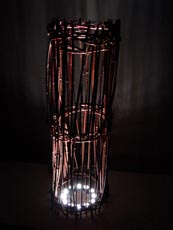Hyphae
Biomimetic lamps created from leaf-based algorithms
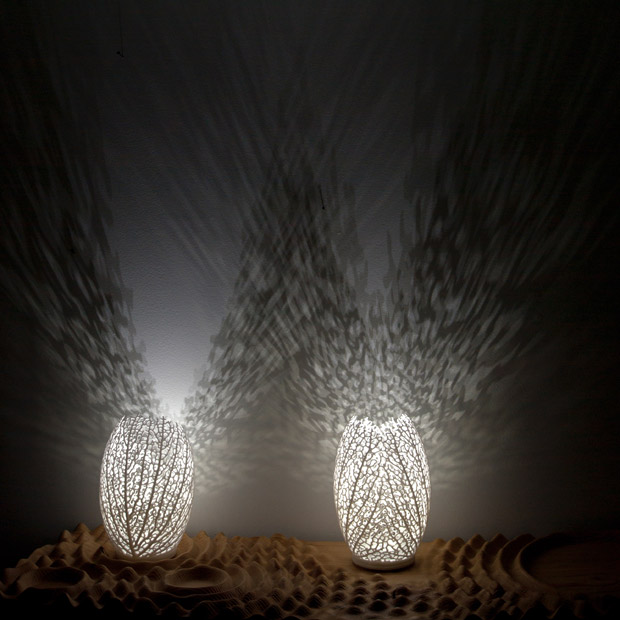
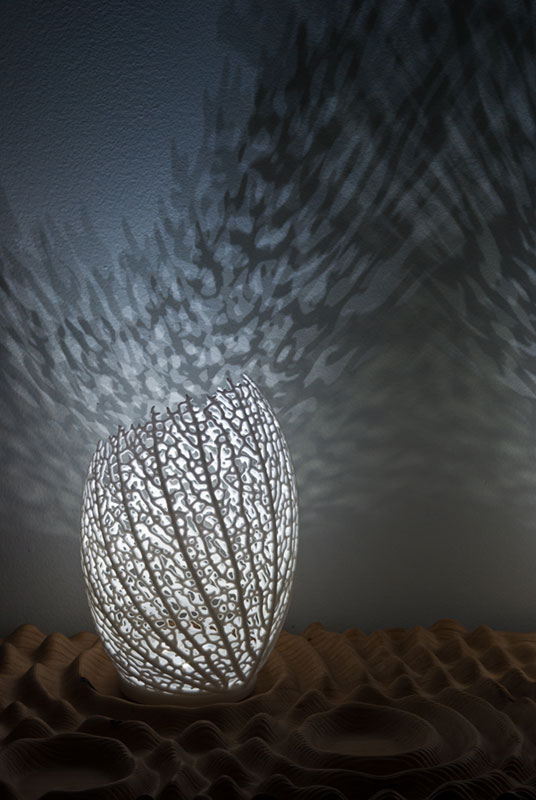

Design studio Nervous System‘s new Hyphae lamps uses a complex 3D computing process to mimic the naturally beautiful and unique structure of plant leaves. Each lamp is grown through a controlled process based on the Auxin Flux Canalization theory, positing that vein formation occurs from the growth hormone auxin which flows “where it has flowed before and cells with high levels of auxin differentiate into vein cells.” The two MIT grads behind Nervous System translated this computer model (devised by the University of Calgary’s Algorithmic Botany group) into an algorithm for creating physical objects, with no two pieces ever the same just like veins on a leaf.
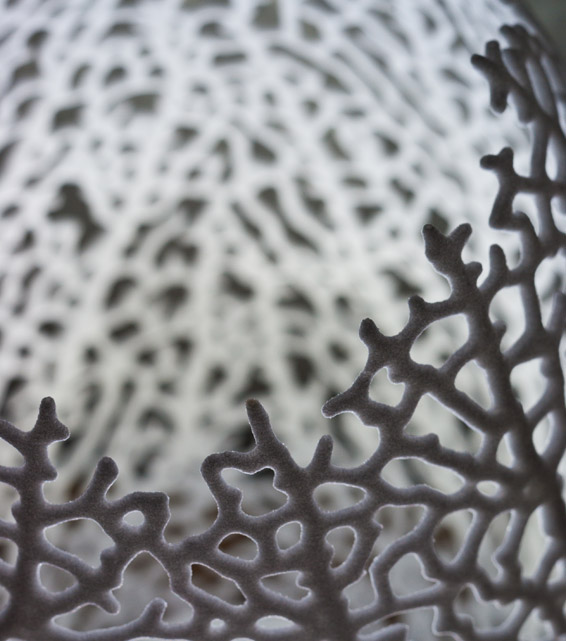
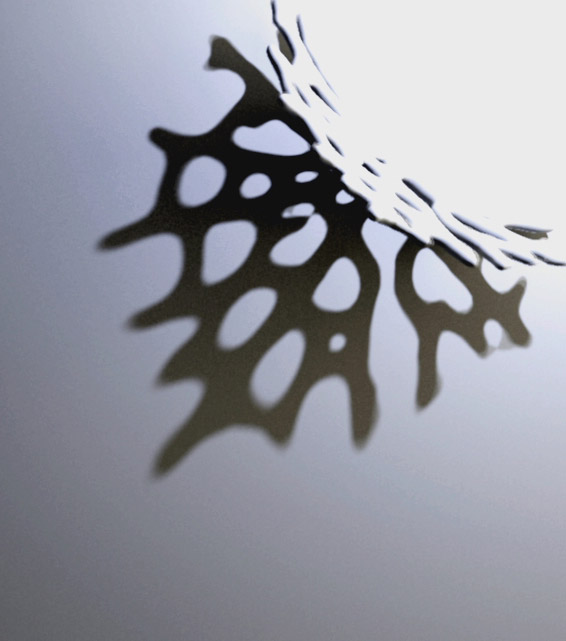
To produce the computer-generated pattern, the techniques are just as high tech. Starting each lamp with a base volume and a set of root points, they are then “grown” through an iterative process in an auxin-filled environment. The pieces are then printed by NYC-based Shapeways, who minimize waste by only using the nylon material in the final form and by using Selective Laser Sintering, a process that creates extremely involved geometries directly from digital CAD data without a mold. Three Cree LED lights, using only 3.6 watts of electricity, generate the mesmerizing reflections on the walls surrounding the lamp.
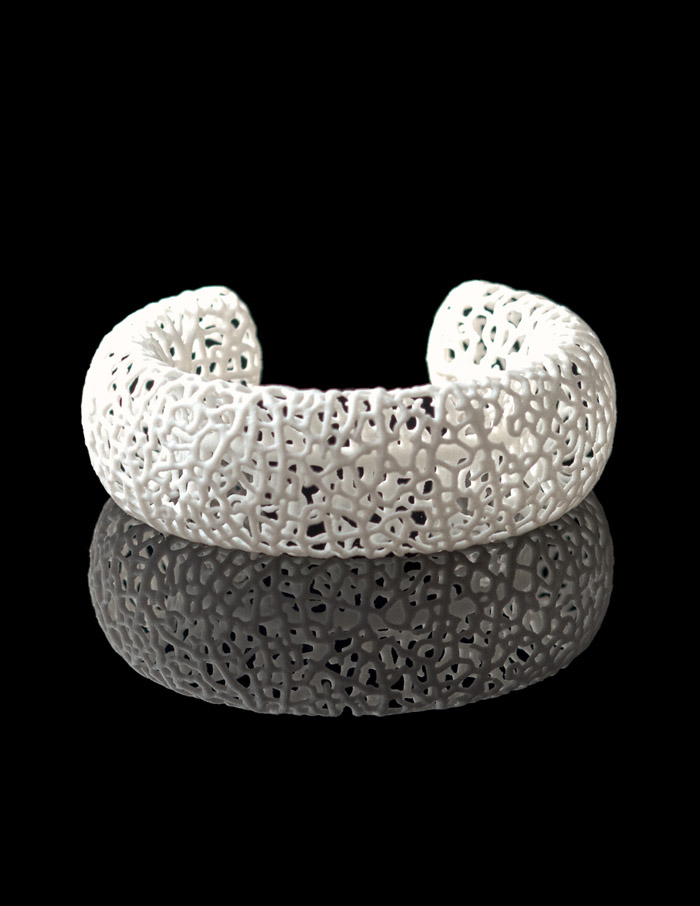

In addition to the elegant lighting, Nervous System previously used the Hyphae algorithm to create a collection of intricate jewelry that appears delicate but is super-strong, grown from one end using a hierarchical network.
Hyphae jewelry and lamps sell online from the Nervous System shop. Accessories vary in price depending on style and material. Each lamp is $600.


